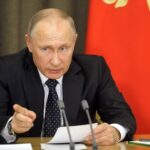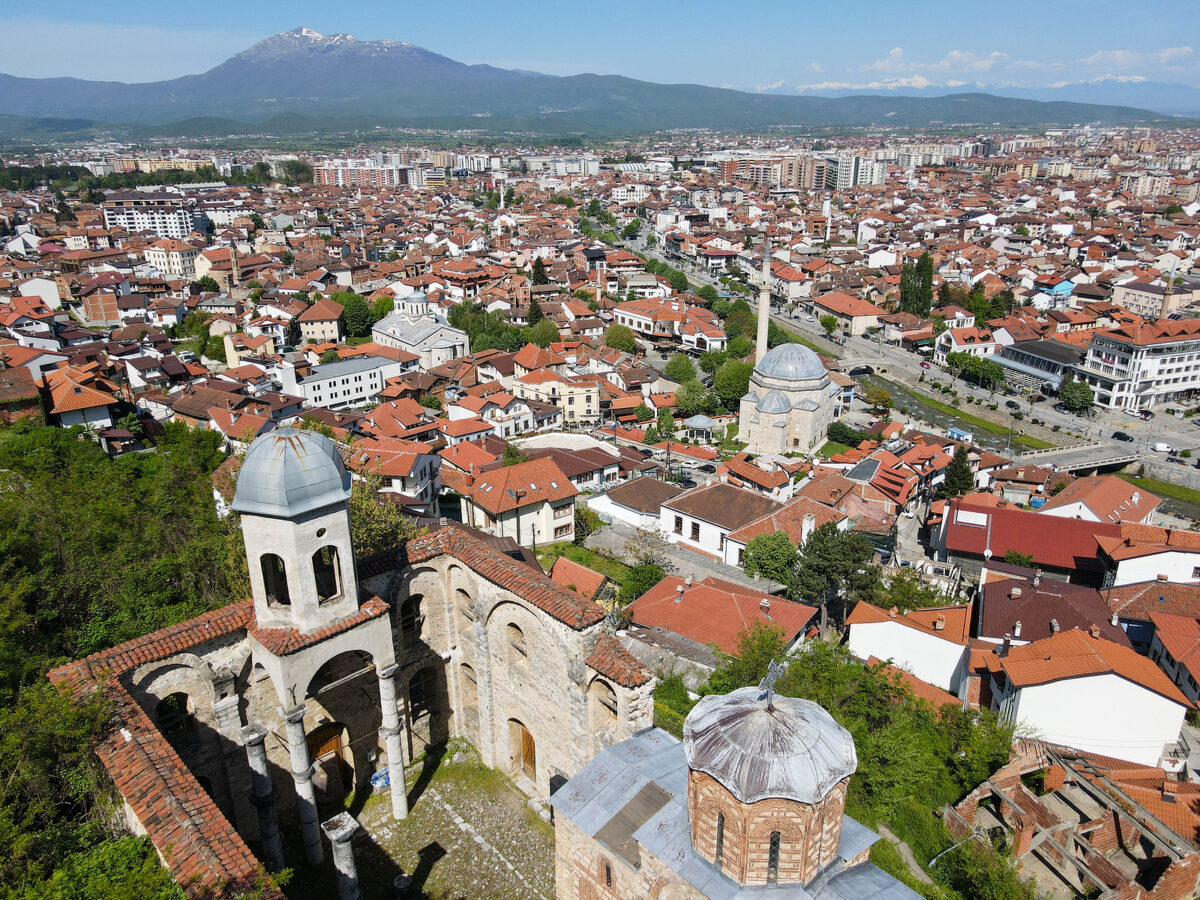The US Ambassador to Kosovo, Jeffrey Havener, recently stated that, “The conclusion of this process [the dialogue between Kosovo and Serbia] must be recognition between the two countries, because anything less than this does not fulfil the vision we have for a complete, free, prosperous and peaceful Europe.”
The problem is that both sides need to make concessions to mitigate their differences and achieve mutual recognition. However, they must agree in advance that the purpose of the negotiating process, the ‘give-and-take’, must lead to mutual recognition.
The failure of past negotiations is primarily attributed to two aspects: first, the EU, as the mediator, did not insist on the need for reciprocal measures, especially on Serbia’s part, to advance the negotiating process. Second, as President Aleksandar Vučić stated repeatedly, Serbia will not recognise Kosovo, irrespective of the changing circumstances.
What would it take to persuade Vučić to change his position, given that he knows full well that Kosovo’s sovereignty is irrevocable?
Vučić also knows that Serbia’s prospective membership with the EU, which he seeks, will be impossible unless Serbia and Kosovo recognise each other. Refusing to recognise Kosovo clashes with his interest in joining the EU.
Nevertheless, he chose to stick to his principle due to some aggregating circumstances, including the objection by Russia’s Putin, with whom Vučić wants to maintain strong ties, awaiting to secure major concessions from Kosovo, a lack of concerted pressure from the EU, his sense that he has the upper hand because Kosovo needs Serbia’s recognition more than the other way around, and finally, a lack of urgency to join the EU.
The Franco-German plan ‘Belgrade-Pristina Dialogue: Agreement on the path to normalisation between Kosovo and Serbia’, presented on February 27, 2023, contains all the elements that, if implemented, would have led to mutual recognition.
Although Vučić and Kosovo Prime Minister Albin Kurti agreed to adopt the plan, they refused to sign it. The Germans and the French stated that both sides had committed to executing the plan and that their verbal commitment was presumably sufficient. Now we know neither side made any significant move to implement any of the plan’s provisions.
Since then, not only has there been no progress in the dialogue between the two countries, but the relationship has further deteriorated. In some ways, the EU leaned much heavier on Kurti than on Vučić, particularly on the fundamental issue of the municipality association, to break the impasse.
Strained relations
Article 7 of the Franco-German plan called on, “Both Parties [to] commit to establish specific arrangements and guarantees, in accordance with relevant Council of Europe instruments and by drawing on existing European experiences, to ensure an appropriate level of self-management for the Serbian community in Kosovo and ability for service provision in specific areas, including the possibility for financial support by Serbia and a direct communication channel for the Serbian community to the Government of Kosovo.”
Although the Association of Serb Municipalities—an inter-municipal association of ethnic Serb majority areas in Kosovo—was agreed upon by Kosovo more than a decade ago, and Kurti committed to it verbally, he subsequently reneged, fearing that such a move was inconsistent with Kosovo’s constitution and would eventually cede the territory to Serbia.
Kurti’s objection to the association plan further strained relations with Brussels and Washington because of the way he handled many issues of concern to the Serbian community in Kosovo, including license plates, tightening the government’s grip on Serbian-majority areas, introducing the euro to replace the Serbian dinar, his deployment of heavily armed special police to the north, installing Albanian mayors in the predominantly Serbian communities who won their elections that had less than 3.5 per cent turnout, and other measures which often seemed arbitrary and extremely counterproductive.
As a result, the EU imposed sanctions, including banning some high-level meetings between EU and Kosovar officials, pausing EU projects, and curbing funding streams for Kosovo.
Time to start afresh
Now that the EU elections are over and a new mediator will soon be appointed to restart the dialogue between Pristina and Belgrade, I believe that he or she ought to start afresh. First, the sanctions on Kosovo should be lifted, and a new negotiating strategy should be established based on a reciprocal negotiating process between the two countries and providing incentives to the party that demonstrates genuine willingness to cooperate.
Article 2 of the German-French plan should be reintroduced as the basis for new dialogue and set the tone for the negotiation as articulated in the plan, which states: “Both Parties will be guided by the aims and principles laid down in the United Nations Charter, especially those of the sovereign equality of all States, respect for their independence, autonomy and territorial integrity, the right of self-determination, the protection of human rights, and non-discrimination.”
The negotiation should commence with the Association of Serb Municipalities, which is the most critical issue. A resolution to this particular problem could pave the way for further progress on many other fronts and gradually over time advance the negotiating process toward mutual recognition.
Serbia must reciprocate by not impeding Kosovo’s membership to any international organisation of its choice as the association process progresses. Moreover, Serbia must agree to implement Article 1, which calls for both sides to, “develop normal, good-neighbourly relations with each other on the basis of equal rights”. Serbia can demonstrate that which, in any event, is necessary to reduce the tension with Kosovo and help create a conducive atmosphere for continued collaboration.
Another example is if Kosovo, “[formalises] the status of the Serbian Orthodox Church in Kosovo and afford[s] a strong level of protection to the Serbian religious and cultural heritage sites, in line with existing European models”, as called for in Article 7, Serbia should reciprocate by recognising Kosovo’s “documents and national symbols, including passports, diplomas, license plates, and customs stamps”, per Article 1.
Cementing such collaboration is articulated in Article 9 of the plan, which calls on “Both Parties [to] take note of the EU’s and other donors’ commitment to establishing a special investment and financial support package for joint projects of the Parties in economic development, connectivity, green transition, and other key areas [emphasis added]”.
‘Joint projects’ are particularly important as they create day-to-day encounters that further improve their neighborly relations.
A lesson for Kurti to keep in mind
Since the Franco-German plan requires both sides to take equal measures to advance mutual recognition and the process of integration into the EU, the EU mediators will need to create incentives for the party that demonstrates willingness, readiness, and ability to act on the plan that calls on both sides to take measures in many areas.
In the final analysis, since Kosovo wants to integrate into the EU as quickly as possible, it would be incumbent upon Kurti or his successor to fully cooperate with the EU and the US. Kurti has not shown in the past such a level of cooperation and ended up alienating the EU to the point where he ended up being sanctioned.
This is a lesson Kurti should keep in mind, especially at this juncture when a new EU mediator is appointed to facilitate mutuality of recognition between Serbia and Kosovo.







